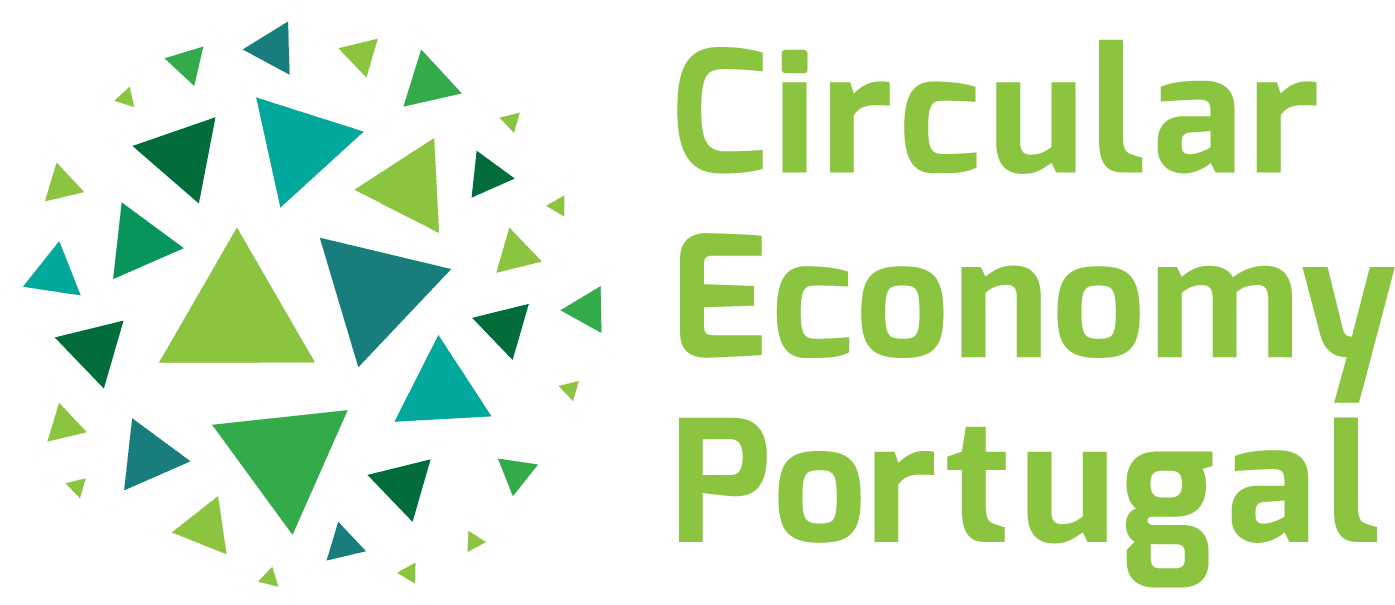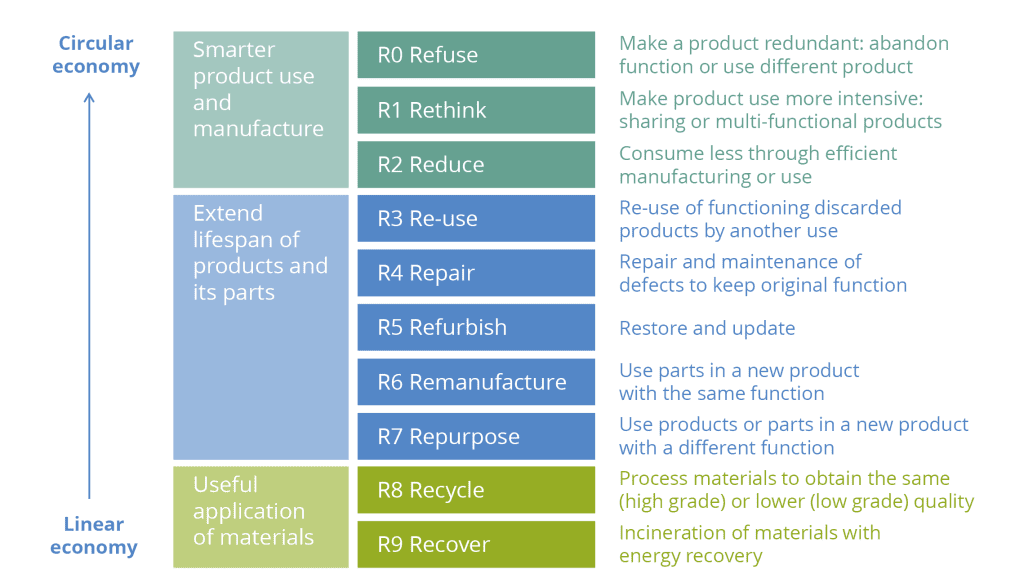About Circular Economy
Current economies are based on a linear model of resource extraction, unsustainable production and use of products, generating a large amount of waste and pollution. This results in the destruction of valuable ecosystems on which we depend. To stay within planetary boundaries, we need to redesign our economy based on circular principles. A circular economy is a regenerative system based on circular design, in which less resources are used, products are kept in use as long as possible, materials are recovered as much as possible and pollution is prevented. In other words: a circular economy is achieved by narrowing the loop, slowing the loop and closing the loop. Furthermore, a circular economy aims to regenerate ecosystems and create prosperity for all.
The fundamental principles of a circular economy are:
1. Prevent resource use and extraction
(Unnecessary) resource use and extraction should be avoided when possible; the material inputs that go into production processes should be minimised. This means that organisations have to refuse, rethink and reduce resource inputs, thereby narrowing resource flows. This can for instance be achieved by designing product-service systems and business models based on performance, sharing models and dematerialisation.
2. Keep products in use as long as possible
Organisations should strive to preserve the quality and performance of products/components/infrastructure through a variety of services that maintain value and extend useful life as long as possible, i.e. they are kept in use at the highest level of utility as possible. To enable extended product lifetime, circular design is the first step: products should be designed for durability, reuse and repair in order to slow resource flows. Long useful life is also achieved through product-service systems around refurbishing, remanufacturing or repurposing.
3. Close material loops
All products should be suitable for recycling. When repair and reuse (or other circular strategies) are not possible anymore, the materials embedded in products/components should be recovered through high-quality recycling: the quality of materials is maintained or even improved so that they can substitute virgin materials, rather than being downcycled into products of lower quality. This is only possible when hazardous substances are avoided in the first place.
4. Ecosystem’s stewardship
As part of sustainable resources management, a circular economy aims to prevent pollution from production and consumption processes in order to safeguard environmental quality. In a CE, organisations should actively protect ecosystems and invest/contribute in ecological regeneration (strengthening biodiversity) to undo any damage done and improve ecosystem services.
5. Create lasting and shared value
Besides delivering environmental and social benefits (e.g. job creation), ideally circular strategies also provide economic benefits, mainly cost savings through reduced resource use and valorisation of residues. Yet a circular economy does not follow conventional targets of economic growth, but rather aims to achieve long-term and distributed society-wide benefits.

Rethinking production and consumption models is essential for a sustainable future
Structural changes are needed
A circular economy is not just about recycling or resource efficiency. It is a paradigm shift that requires structural changes at various levels. Systems thinking is therefore key to a circular economy: adopting a holistic and long-term perspective that considers interacting components (e.g. organizations, individuals and ecosystems), drivers and impacts (incl. trade-offs) at all levels. Fundamental policy reforms are needed to accelerate the transition to a CE as well as the adoption of different social norms and sustainable behaviour, instead of the current throw-away mentality and materialism that is widespread in modern societies.

